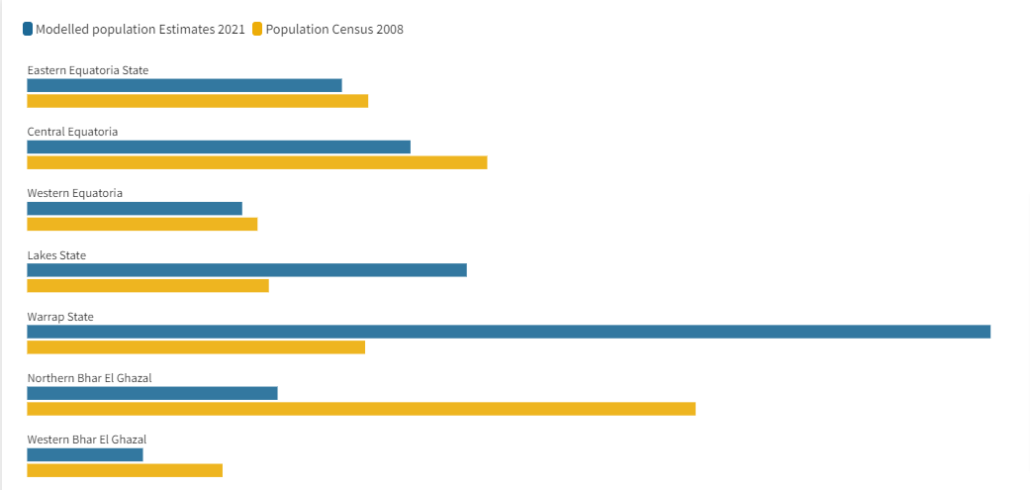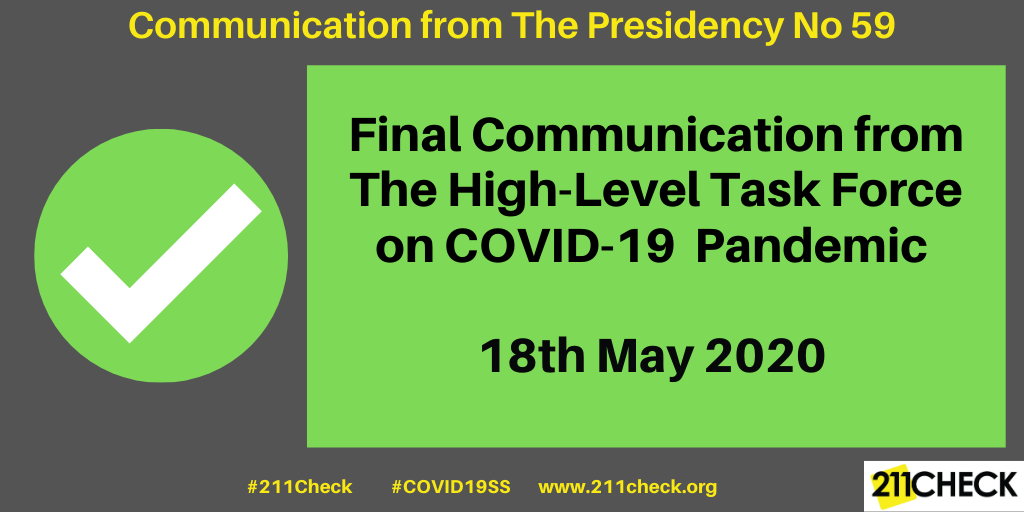Explainer: Implications and Significance of South Sudan Archbishop Ameyu being made a cardinal
Writer: Emmanuel Bida Thomas
Metropolitan Archbishop of the Catholic Diocese of Juba, Stephen Ameyu Martin Mulla, has become the first-ever Cardinal from South Sudan since the country gained independence in 2011
The Pope named Stephen Ameyu during a noontime Sunday prayer from St. Peter’s Square on 09 July 2023 alongside 20 other clergymen worldwide. They became cardinals in a ceremony held on 30 September 2023.
Stephen Ameyu says that his selection as a Cardinal is a testament to the church’s work, recognised by Pope Francis. He underlined the importance of their ongoing efforts and the hope they instil in South Sudan’s people.
“There are many expectations of us. For example, what does my appointment as a Cardinal mean for the Catholic Church in South Sudan? It is simply the continuation of the work we have been doing that the Holy Father has witnessed the face of God’s people in South Sudan. This appointment shines a spotlight on us, particularly most young people, and we are grateful for the recognition,” Archbishop Ameyu asserted.
The appointment of South Sudan Archbishop Stephen Ameyu as a cardinal by the pope carries several implications and significance. Here are some key points:
- Recognition of Leadership and Service: The appointment of Archbishop Ameyu as a cardinal is a recognition of his leadership, service, and dedication to the Catholic Church. It acknowledges his contributions to the Church and his commitment to peace and reconciliation in South Sudan.
- Representation of South Sudan: Cardinal Ameyu’s appointment is significant for South Sudan as it highlights the importance of the region and the Catholic Church’s presence there. It provides a platform for Cardinal Ameyu to advocate for the needs and concerns of the people of South Sudan at the highest levels of the Church.
- Role in the College of Cardinals: As a cardinal, Archbishop Ameyu becomes a member of the College of Cardinals, which is responsible for advising the pope and participating in the election of a new pope when the position becomes vacant. Cardinals play a crucial role in shaping the policies and direction of the Catholic Church.
- Influence in Church Affairs: Cardinal Ameyu’s appointment gives him a more excellent voice and power in Church affairs. He can contribute to discussions and decision-making processes within the Church, particularly on issues related to South Sudan and Africa.
- Symbol of Hope: In a country that has faced significant challenges, including tribalism and conflict, Cardinal Ameyu’s appointment serves as a symbol of hope and encouragement for the people of South Sudan. It highlights the Church’s commitment to peace, reconciliation, and the nation’s well-being.
- Representation of Diversity: Cardinal Ameyu’s appointment reflects the Catholic Church’s commitment to diversity and inclusivity. He is one of the few cardinals from Africa and the first cardinal from South Sudan. This diversity brings different perspectives and experiences to the College of Cardinals.
The appointment of South Sudan Archbishop Stephen Ameyu as a cardinal holds great significance for the Catholic Church, South Sudan, and the African continent. It recognises his leadership, provides a platform for advocacy, and symbolises hope for a country striving for peace and stability.
Will Stephen Ameyu have to leave his archbishop position?
No, Stephen Ameyu will not have to leave his position as Archbishop of Juba in South Sudan due to his appointment as a cardinal.
The role of a cardinal is an additional responsibility within the Catholic Church hierarchy, and it does not require the individual to step down from their current position. Cardinal Ameyu will continue to serve as the Archbishop of Juba while also fulfilling his duties as a cardinal.
The appointment of a cardinal does not automatically result in a change of position or location for the individual. Cardinals are often chosen from existing bishops or archbishops who have demonstrated exceptional leadership and service to the Church. In this case, Cardinal Ameyu’s appointment recognises his contributions to the Catholic Church in South Sudan and his role as the Archbishop of Juba.
Therefore, Cardinal Ameyu will continue to carry out his responsibilities as the Archbishop of Juba while also participating in the broader responsibilities and duties associated with being a cardinal.
To ensure accuracy and transparency, we at 211 Check welcome corrections from our readers. If you spot an error in this article, please request a correction using this form. Our team will review your request and make the necessary corrections immediately, if any.
Fighting misinformation and disinformation in the media is crucial to avoiding fake news. Don’t share content you’re uncertain about. False information can harm and mislead people, risking their lives—Fact-check before sharing. For more details, visit https://211check.org/ or message us on WhatsApp at +211 917 298 255. #FactsMatter.















